Jet - Midi-Lathe JML-1014
Jet’s 1-hp benchtop lathe is also available with variable-speed controls as model No. JML-1014VS.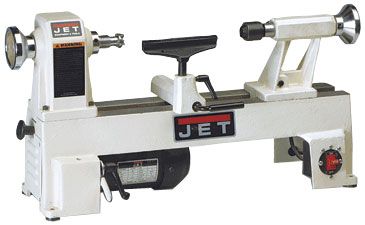
Many woodworking shops don’t have a lathe, most likely because of cost or space. But the arrival of a new category of small lathes has made cost and space less of an issue. Introduced in the late 1990s, these machines—often called midi-lathes—are generally bigger and beefier than the so-called minilathes, yet they’re smaller than full-size machines. Midis are affordable—selling for between $285 and $350—and take up very little space. For someone unsure whether wood turning is going to be worthwhile, a midi-lathe might be the best way to test the waters. Not only are the midis relatively inexpensive, they also have enough power to do some serious work. But how well do they work? To find out, I tested five midi-lathes for a semester in my wood turning class at the School of Art and Design at Purchase College in New York.
This midi weighs in at just 69 lb., a weight that back muscles will appreciate. With the bed extension ($50) added, the Jet has 40 in. between centers, one of the longest. It is the most expensive lathe in the test group. The Jet can be retrofitted with a variable speed control, with purchase of the Mini Lathe VS Retro Kit model No. JML-VSR. It is also available as model No. JML-1014VS, which has built-in variable-speed control.
Fine Woodworking Recommended Products

Hedgehog featherboards

Starrett 12-in. combination square

Stanley Powerlock 16-ft. tape measure
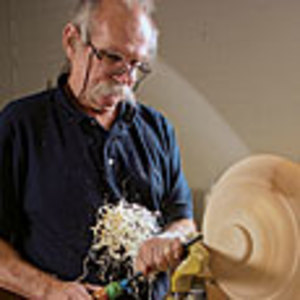


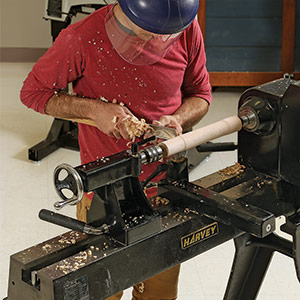
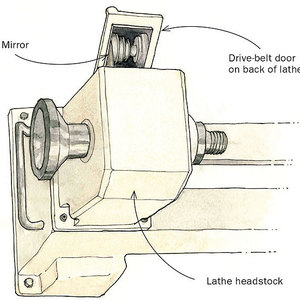
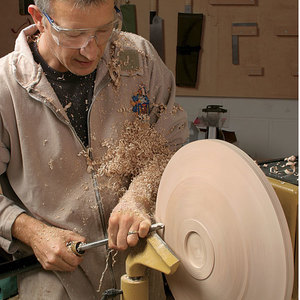
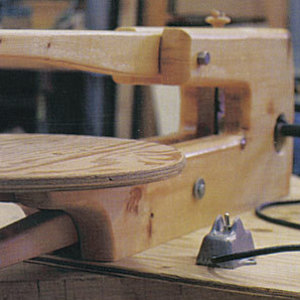















Log in or create an account to post a comment.
Sign up Log in